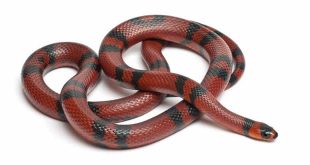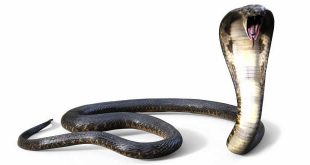 Worm Lizard — The Amphisbaenia (Worm Lizard) are a suborder of peculiar, usually legless squamates closely related to lizards and snakes, in spite of their resemblance to earthworms (many possessing a pink body color and scales arranged in rings). They are very poorly understood, due to their burrowing lifestyle and general rarity. Only one species exists in the United States, with most of them prevailing in Africa and South America. Little is known of them outside of their anatomy, and even that is difficult to study due to the mechanics of dissecting something so small. Most species are less than 6 inches long.
Worm Lizard — The Amphisbaenia (Worm Lizard) are a suborder of peculiar, usually legless squamates closely related to lizards and snakes, in spite of their resemblance to earthworms (many possessing a pink body color and scales arranged in rings). They are very poorly understood, due to their burrowing lifestyle and general rarity. Only one species exists in the United States, with most of them prevailing in Africa and South America. Little is known of them outside of their anatomy, and even that is difficult to study due to the mechanics of dissecting something so small. Most species are less than 6 inches long.
The head is stout, not set off from the neck, and either rounded, sloped, or sloped with a ridge down the middle. Most of the skull is solid bone, and they have a distinctive single median tooth in the upper jaw. They have no outer ears, and the eyes are deeply recessed and covered with skin and scales. The body is elongated, and the tail truncates in a manner that vaguely resembles the head. Their name is derived from Amphisbaena, a mythical serpent with a head at each end. The three species of Mexican Mole Lizard, genus Bipes, are unusual in having a pair of forelimbs, but all limbless species have some remnants of the pelvic and pectoral girdles embedded withing the body musculature.
The skin of amphisbaenians is only loosely attached to the body, and they move using an accordion-like motion, in which the skin moves and the body seemingly just drags along behind it. Uniquely, they are also able to perform this motion in reverse, just as effectively.
 Kids Portal For Parents India Kids Network
Kids Portal For Parents India Kids Network


